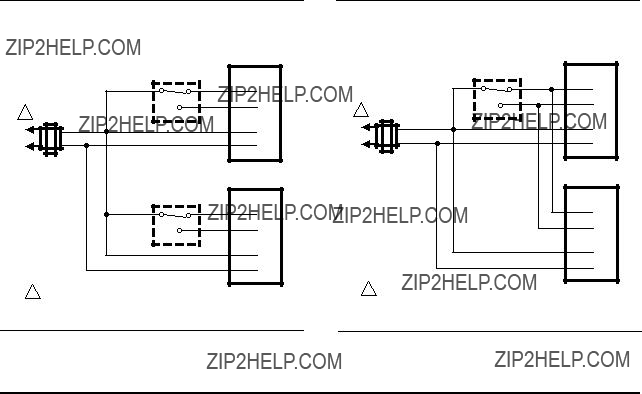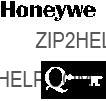WHEN INSTALLING THIS PRODUCT???
1.Read these instructions carefully. Failure to follow them could damage the product or cause a hazardous condition.
2.Check the ratings and description given in this specifi- cation to make sure the product is suitable for your application.
3.Installer must be a trained, experienced service technician.
4.After installation is complete, check out product op- eration as provided in these instructions.
 CAUTION
CAUTION
1.Disconnect power before installation to prevent electrical shock or equipment damage.
2.Never turn motor output hub by hand or with a wrench.
3.Do not install actuator in areas with acid fumes or other deteriorating vapors that might attack the metal parts of the actuator.
4.Do not install actuator in areas with escaping gas or other explosive vapors that could be ignited by a spark from the actuator or attached accessories.
LOCATION
Install the actuator in any location free from acid fumes or other deteriorating vapors that might attack the metal parts of the actuator. Make sure the location is not subject to escaping gas or other explosive vapors that could accidentally be ignited by a spark from the actuator or its attached parts.
Install the actuator in a location that allows enough clear- ance for mounting accessories and for servicing.
MOUNTING
The ML6185 Direct Coupled Actuator is designed to operate a damper by driving the damper shaft either cw  or ccw
or ccw  depending on damper design. All actuators are shipped in the fully closed position.
depending on damper design. All actuators are shipped in the fully closed position.
The ML6185 Direct Coupled Actuator is designed for single-point mounting when using an adapter bracket. Single- point mounting is typically used when the actuator is mounted on the damper frame.
A mounting bracket (see Fig. 1) is provided with some models to aid in installing the actuator. The bracket can be bent to any shape to support the actuator at the correct height.
The ML6185 Direct Coupled Actuator can also be three- point mounted using the two front gear housing slots and the adapter bracket. Secure two screws through the two front gear housing slots and position the adapter bracket to secure the rear of the actuator. Three point mounting is used for foot mounting the actuator or internally mounting the actuator in the duct, when direct shaft coupling is not possible.
 CAUTION
CAUTION
Do not use the actuator as a shaft bearing. The actuator must be used only to supply rotational torque. To prevent damage to the actuator, avoid any side loads to the actuator output coupling bearings.
PREPARATION
Before installing the ML6185 on the damper shaft, determine the opening direction of the damper shaft to determine the correct spring return rotation and correctly connect the wiring. The ML6185 can be mounted to pro- vide clockwise or counterclockwise spring return. Reverse the actuator, if necessary, to provide the desired spring action.
INSTALLATION
Installing the Actuator and Mounting Bracket (Single
Point Mounting)
When the direction of the damper shaft rotation is deter- mined (either cw or ccw ), proceed as follows:
1.Place the ML6185 Direct Coupled Actuator over the damper shaft.
2.Position the actuator for best access to the actuator damper shaft locking screw.
3.Install the mounting bracket (see Fig. 2) and adjust it to support the actuator at the correct height. Mark the screw holes for installing the mounting bracket on the damper housing.


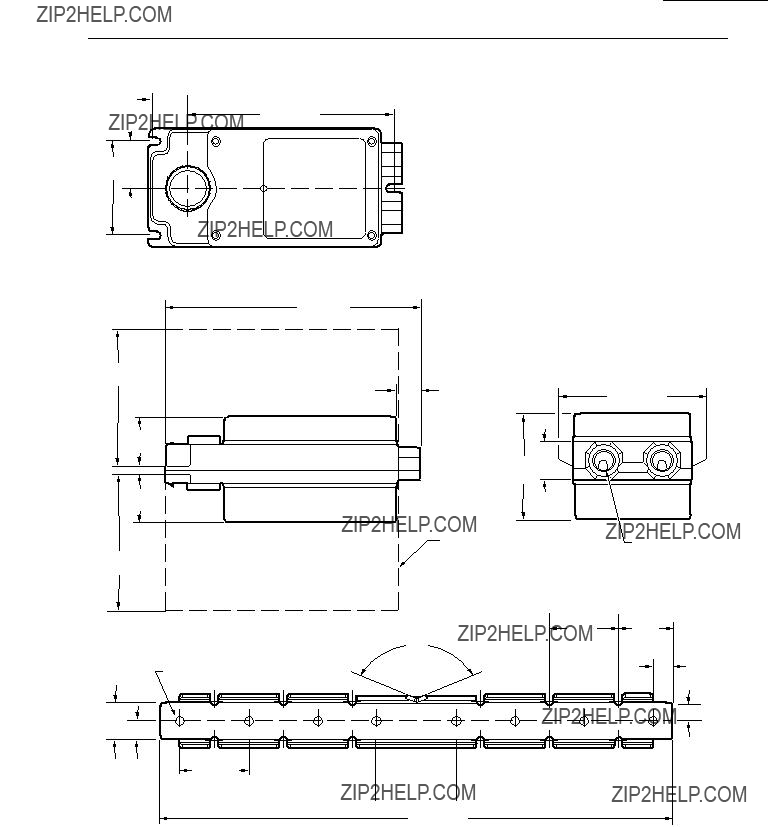



 1-5/8
1-5/8
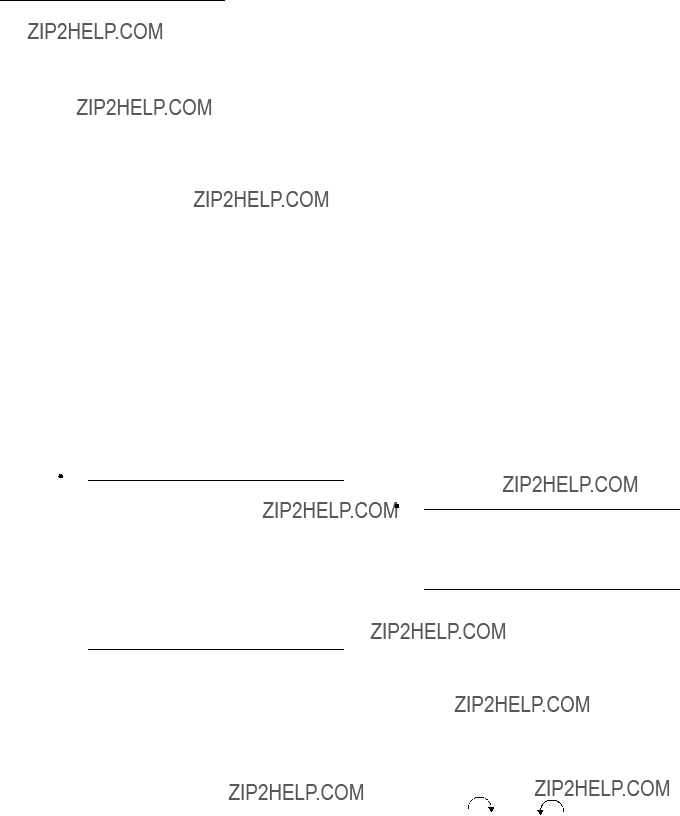
 CAUTION
CAUTION or ccw
or ccw  depending on damper design. All actuators are shipped in the fully closed position.
depending on damper design. All actuators are shipped in the fully closed position. CAUTION
CAUTION
 60
60  30
30 
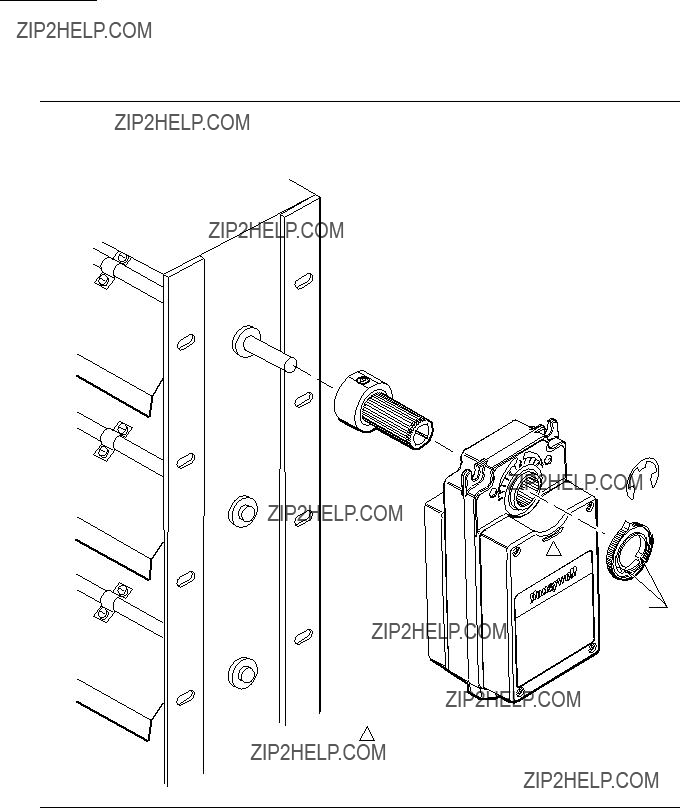


 CAUTION
CAUTION